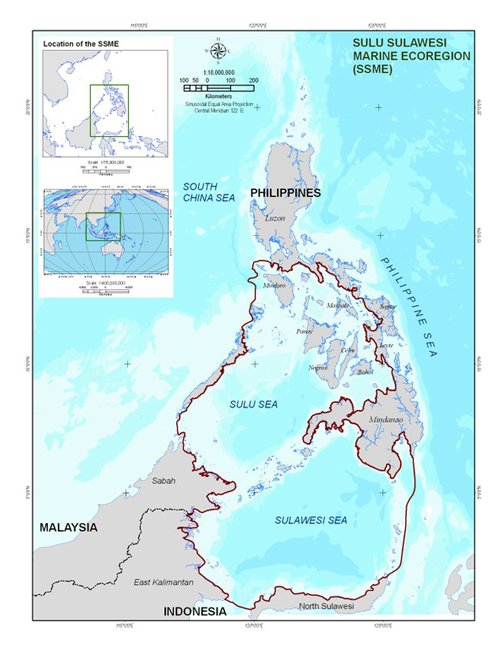Indonesia & Philippines Settle Maritime Boundaries, Look To Increase Trade
In a stark contrast to the problems the Philippines has had with China over maritime boundaries, the Philippines and Indonesia are to sign a maritime boundary treaty after agreements to do so were reached at a meeting of the two countries’ Foreign Ministers in Jakarta yesterday.
The two countries share a maritime boundary extending into the Celebes Sea and the Western Pacific, and have determined the boundaries in a manner acceptable to both nations, Indonesian Foreign Minister Marty Natalegawa has stated.

The agreement comes amidst negotiations between the Philippines’ government and the Moro Islamic Liberation Front (MILF), which has claimed territory in the country’s southern Mindanao region for nearly two decades. Mindanao is the Philippines largest land mass and has long been a center of civil unrest and terrorism, but negotiations with the MILF have progressed rapidly, with a peace agreement reached last month.
Claims of ownership to the Celebes Sea by Muslim ethnic groups in both countries exacerbated border tensions between Indonesia and the Philippines, but progress towards a peaceful resolution has slowly taken place since the 2011 Indonesia-Philippines Joint Commission for Bilateral Cooperation.
Under the agreement, both countries will allow passage of fishing ships through each other’s “exclusive economic zones” and will establish the maritime boundary line.
“Hopefully, the treaty will be signed by both countries’ leaders during President Susilo Bambang Yudhoyono’s visit to Manila in May,” commented Foreign Minister Marty Natalegawa.
On that note, Philippines Foreign Minister Albert F. del Rosario expressed thanks to his counterpart for assistance in negotiating a peaceful settlement in Mindanao.
The two Ministers also looked at ways to increase bilateral trade, amongst them better transportation, connectivity, infrastructure and fisheries projects, as well as plans to expand tourism.
Bilateral trade has risen amongst these two ASEAN nations, reaching US$4.65 billion last year, up slightly from US$4.54 billion in 2012.
You can stay up to date with the latest business and investment trends across Asia by subscribing to Asia Briefing’s complimentary update service featuring news, commentary, guides, and multimedia resources.
Related Reading
 Are You Ready for ASEAN 2015?
Are You Ready for ASEAN 2015?
ASEAN integration in 2015, and the Free Trade Agreements China has signed with ASEAN and its members states, will change the nature of China and Asia focused manufacturing and exports. In this important issue of Asia Briefing we discuss these developments and how they will impact upon China and the Global Supply Chain.
China’s Territorial Disputes in the South China Sea and East China Sea
China and India Agree on Border Dispute Protocol
Vietnam and Indonesia Enter Strategic Partnership, Sign MoUs
- Previous Article Singapore’s 2014 Budget: Takeaways for Foreign Investors
- Next Article Toyota Doubles Its Indonesian Engine Manufacturing Capacity








